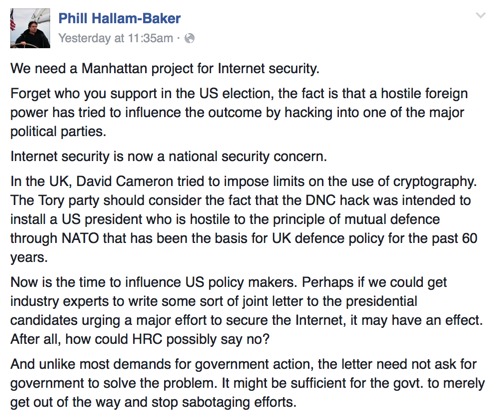I had hoped to move away from security blogging this week and focus on some other issues. But today I see that both CAUCE and John Levine are reporting that there is malware spam coming from a Cheetahmail customer.
Looking at what they shared, it may be that Cheetahmail has not been compromised directly. Given mail is only coming from one /29, which belongs to one customer it is possible that only the single customer account has been compromised. If that is the case, then it’s most likely one of the Cheetahmail users at the customer got infected and their Cheetahmail credentials were stolen. The spammer then gained access to the customer’s Cheetahmail account. It’s even possible that the spammer used the compromised customer account to launch the mail. If this is the case, the spammer looked exactly like the customer, so most normal controls wouldn’t have noticed this was a spammer.
This highlights the multiple vectors these criminals are using to gain access to ESPs and the mailing systems they use. They’re not just trying to compromise the ESPs, but they’re also attempting to compromise customers and access their accounts so that the spammer can steal the ESPs hard won and hard fought sending reputation.
Everyone sending mail should be taking a long, hard look at their security. Just because you’re not an ESP doesn’t mean you aren’t a target or that you can get away with lax security. You are also a target.
Read More
